Homeschooling: The Ultimate Guide
Here are Go2Tutors we have your ultimate guide to homeschooling with every major question to research and consider before taking the plunge
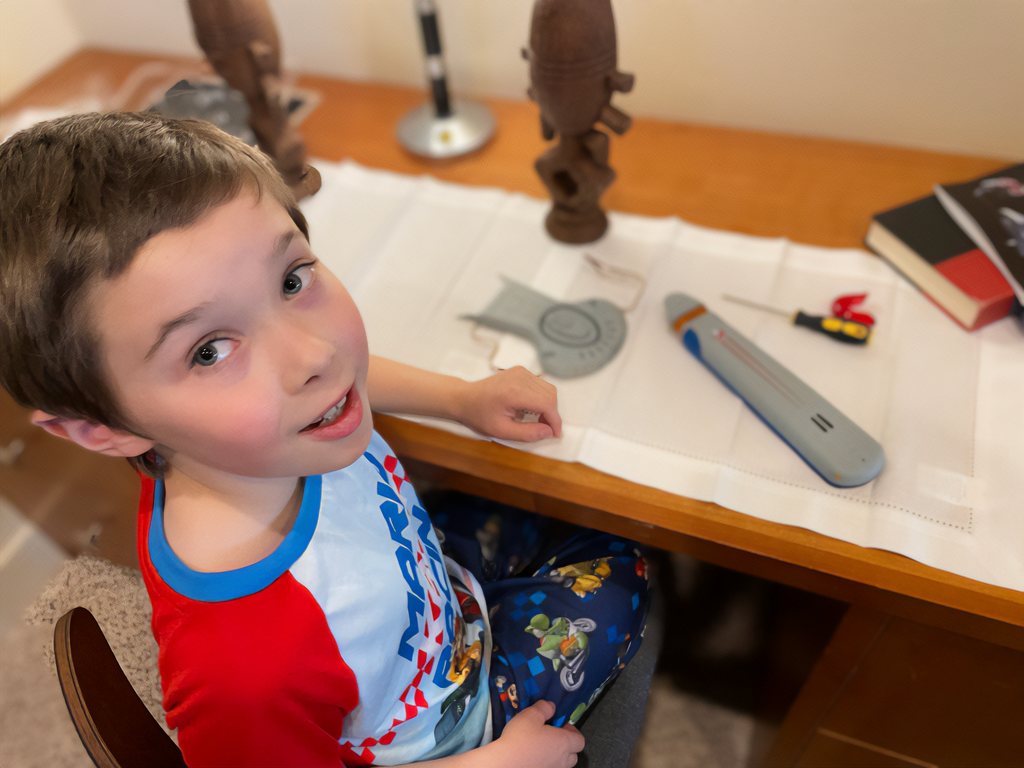
For years homeschooling was something only certain families would even consider. It was a fringe educational style, clearly sitting completely outside the bounds of the traditional public school setting. But in recent years that has changed for a variety of reasons. Public schools and their methods of education have come under increased scrutiny. The prevalence of an Information Age means we have almost all human knowledge at our fingertips. And we even had a pandemic thrown in there. Now, homeschooling has entered the mainstream in a way that wouldn’t have felt possible even a decade ago.
The decision to start homeschooling your child or children isn’t a small one and there are a number of different factors to consider in the process. Heck, it can even feel overwhelming at times, wondering if what you are doing is correct or if it will help your child in the long (and short) term. It’s no small thing to think about exiting public education and taking up the mantle in your own home.
The good news is that if you are asking the questions, and gathering the right information, you are already on the right path. A thoughtful approach is often a correct approach. And with homeschooling, like anything else, there are a number of different pieces that can weigh into the decision. Here at Go2Tutors, we are going to break down a multitude of different factors that can be part of a decision whether or not to homeschool and if this is right for you and your family. We’ll break down the ins and outs, dive into some stats, and answer some of the more pressing questions when considering what can be a pretty major leap. Let’s take a look at everything you need to know about homeschooling.
What Is Homeschooling?

This would seem like a pretty easy answer, right? Homeschooling is just doing school at home. Done and done, easy-peasy. Right? Well, not so fast. While homeschooling once meant simply taking your child out of traditional educational institutions (public or private school) and going through a curriculum at home, that definition has changed rather considerably over the last decade or so. Homeschooling is now a catchall term for removing your child from those brick-and-mortar schools, but what happens after is now a wide array of choices, options, and styles.
In its essence, homeschooling involves taking a more intentional and curated approach to your child’s education. There are a number of different ways to go about this, some that mirror what happens within the confines of a traditional school classroom, and others that are pretty divergent from those methods (we’ll get to some of these later). But know that as it stands now, homeschooling means moving away from traditional school and taking on the challenge in the setting of your home. What happens there can look a lot different for different families.
Why Start Homeschooling?
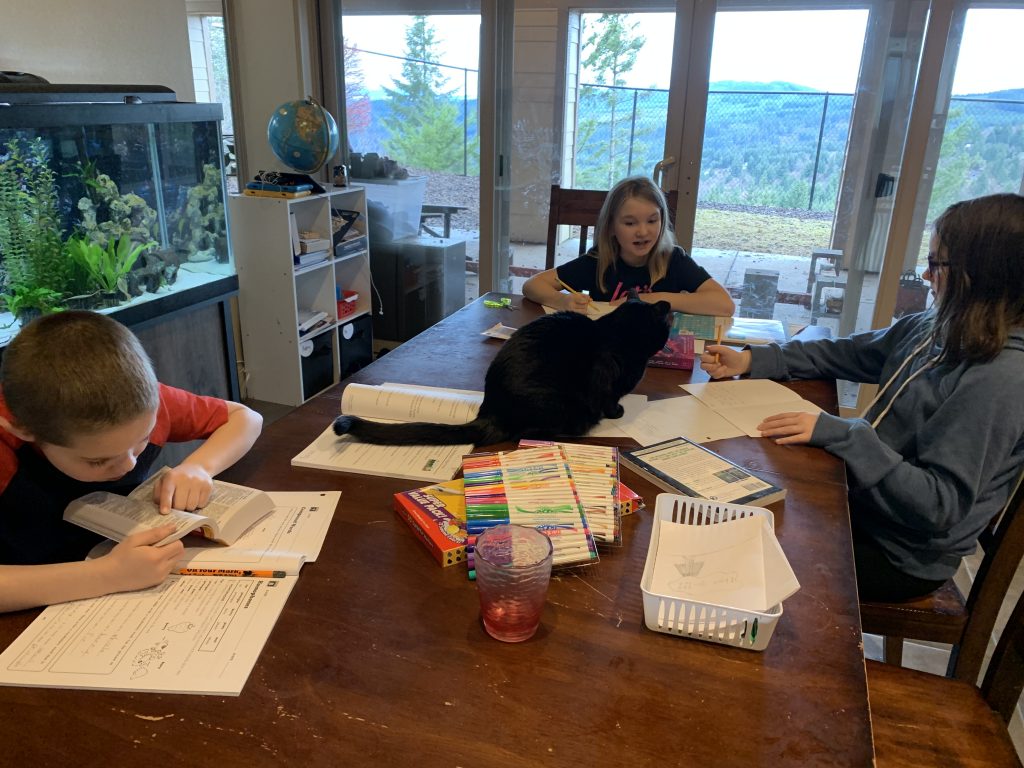
This is probably why you are here, because you’ve asked yourself if you should start homeschooling? And sometimes it’s because there’s some sense you’ve had that for your child, there might be better (or at least different) options than traditional schooling methods. It’s definitely a process and something parents don’t take lightly.
But the decision to homeschool can stem from multiple different avenues when it comes to both family dynamics and the needs of a child. This is to say, the choice to homeschool isn’t necessarily binary for all folks, and asking the “why” behind it tends to have a layered set of answers. With all of this, there are often a few key reasons why families opt for homeschooling, at least to start.
Freedom And Flexibility
One thing homeschooling provides is the freedom and flexibility to approach your child’s education in a way that feels right to you and them. While for some parents this can feel completely overwhelming (Am I teaching right? Is my child learning everything he/ she should? etc) there’s no doubt that a homeschooling approach will allow you to work within the confines of something of your choice. This, in and of itself, is already significantly different from traditional schooling where the parents have very little to almost no input.
Frustration With Public Schooling
This is another popular, albeit, difficult one, and unfortunately the main driver pushing many families to begin exploring the homeschooling option. The American public education system has faced scrutiny and even backlash in the last couple of decades with an overwhelming weight put on test scores and a curriculum that is geared towards increasing those stats within the public purview.
There have been increased calls for metrics to determine whether students are learning in the classroom, and the downstream effects of that are more and more standardized testing. It’s meant significant pressure on schools for students to score well on those tests. Because of this, a more rote style of educational practice has taken hold within public schools, something some parents simply don’t want their children to experience.
Additionally, and this has to do with the freedom and flexibility piece above, when it comes to public schools, even if a parent disagrees with an educational method, approach, or style, there is often really no avenue to see it changed within that child’s classroom or school. Advocating for a child’s education is always correct of course, but affecting that change within a school district is near impossible. This frustration can lead to parents wanting to consider homeschooling.
Curated Educational Approach
These reasons for homeschooling aren’t the only ones of course, and they aren’t mutually exclusive either. Often there are little bits of all of them in the decision to homeschool. But another key factor in wanting to try this method is the ability to curate an educational experience that feels right for both you and your child. Because there are so many styles out there, with a plethora of options when it comes to curriculum, resources, how-tos, tutorials, and more homeschooling can look different for different children even within the same family.
If something isn’t working? No problem, let’s try something new. Getting frustrated? Let’s work through it together. Have something you really want to learn about? Great! Let’s find out everything we can about it. This bespoke style is what attracts many people to homeschooling. Sure, it can sometimes feel overwhelming, but there’s a certain freedom in that as well.
The Stats on Homeschooling

If you are thinking about homeschooling, know that you are far from alone. While homeschooling in the United States has been on the upward trend for decades now, the number has seen an even bigger surge in recent years. The pandemic was almost definitely the catalyst for this spike with many families opting to not return to school after children were sent home to virtually learn during the 2020-2021 school year. According to the National Home Education Research Institute, there were somewhere in the neighborhood of 3.7 million homeschooled children last year (20-21), representing around 7% of school-age children in the United States. That was up from 2.5 million in the spring of 2019. Check this out via NHERI:

You can see the graph ticking up steadily over the course of the last 30 years, but a pandemic and the decision to virtually learn for schools, sped up the number significantly.
And NHERI also posits that homeschooling, in many ways, helps the public school infrastructure because of the savings provided to the school in having students not there. While there isn’t a 1:1 giveback in tax dollars related to homeschooling, it does provide schools the ability to spend *more* on students still attending. They estimate that the decision for families to homeschool has helped schools reallocate roughly $56 billion dollars.
Public School Vs. Homeschooling

As we’ve said, the decision to homeschool often stems from some dealings with the public school system. Not for all, of course, there are plenty of families who never opt-in to public school from the beginning, choosing to homeschool from the outset. But for others, homeschooling comes from something that happened (or didn’t happen) for their child with the public school framework.
That being said, there are obviously a number of different (and significant) benefits to public schooling. Even if the educational methods don’t align with your particular approach, there’s no doubt that the public school system has a number of built-in positives that homeschooling can’t reproduce.
Cost (Or Money Spent)
This is often the biggest driving factor in homeschooling, or not being able to. Homeschooling a child often means at least one parent needs to forego a job in order to be there for the child at home. This, in and of itself, can be a difficult choice because it can have major ramifications on a family system. Additionally, in many ways, public school is already “paid” for. While families don’t pay tuition, that money comes out in the form of tax dollars. Towns and municipalities aren’t in the habit of shipping that money back if you choose to homeschool. Because of this, public education is “free” for families, financed by the community. Choosing to homeschool can have a double-bottom line in that the family doesn’t take advantage of the “free” thing while also not realizing the earning power of working a job during those school hours.
Front-facing Educational Model
Public schooling, even for its warts, can provide significant solace and benefit for many families. Teaching a child is difficult and time-consuming. It can be an intimidating prospect to think about doing this on a day-to-day basis for your own child. And there are some parents who want to remove themselves from that process so as not to cause friction along these lines. This is totally reasonable. A public (or private) school will at least be upfront in what they are teaching, when it is happening, the subjects covered, the timelines for growth, and the metrics by which they will judge students. For many parents, this alone is worth it. It’s a significant stress reliever to know that a child is going to a place each day with someone who will be teaching them a variety of subjects.
Scheduling
Maintaining a steady work schedule for parents is often critical from a financial standpoint. Public schools essentially solve this by offering a place for kids to go each and every day (except snow days, and summers, and holidays, and weekends). I kid with that parenthetical, but the point remains. Schools are open, available, “free”, and consistent. This is an enormous (and I mean enormous) benefit to parents and caretakers. For as much as public schooling was dragged during the pandemic, for the most part, this consistency has been a hallmark of the institution for decades and decades. There are significant benefits to capitalize on by sending kids to public school and knowing they are safe and cared for within those walls.
The Benefits Of Opting Out Of School
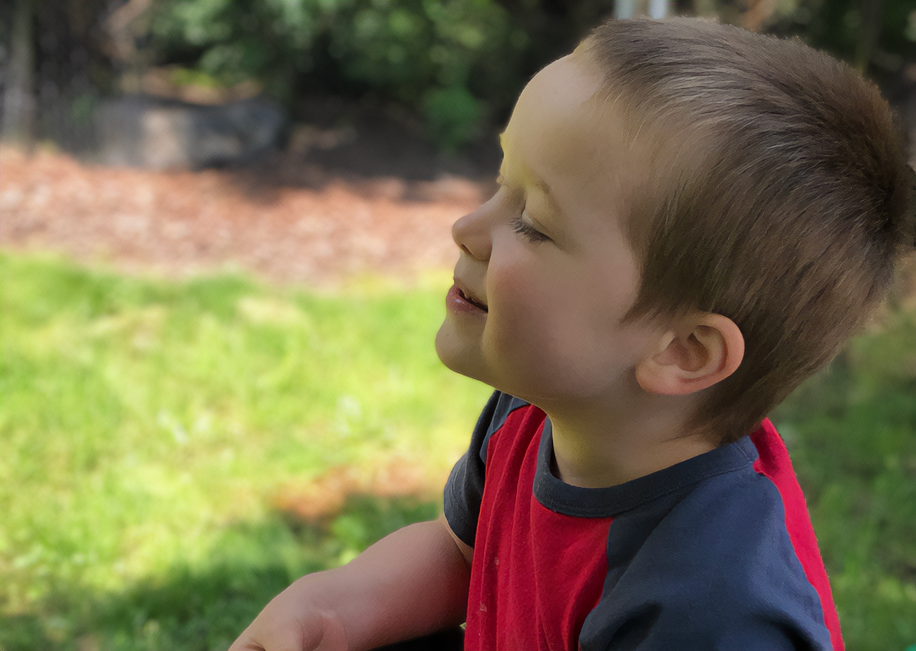
Freedom and flexibility are at the heart of homeschooling. It’s why so many parents and students have opted into this approach. Creating days, weeks, months, and years of educational experience as you see it is probably the number one benefit of choosing the homeschooling approach. This freedom can lead to all kinds of opportunities that public schooling simply can’t provide.
For starters, children often show the most growth when learning about subjects and topics in which they already have great interest. Homeschooling can foster this kind of love for learning by leaning into things the child wants to know more about or explore further. Gearing an educational approach to a child’s specific interests is something that’s simply not possible in a public school setting.
In your home, the freedom to learn about a variety of topics and subjects is right there at your fingertips. Love dinosaurs? Great. Let’s dive into everything we can find about them. Space is your jam? There are countless resources for learning about the cosmos. The list is infinite.
And it isn’t just about interests either. Just from a 1:1 learning perspective, homeschooling allows parents to work with styles that best suit their individual child’s academic needs. There are so many homeschool curriculums out there that provide all the materials, instructions, timelines, and resources needed to move through the different academic subjects as they grow. Check out our Easy Peasy Homeschool Review for one example. This school-at-home piece is critical for some families to feel comfortable with their child’s academic growth. And there are plenty of options out there to make sure this piece aligns with your child’s learning style. In this way, parents need not reinvent the academic wheel.
The Drawbacks
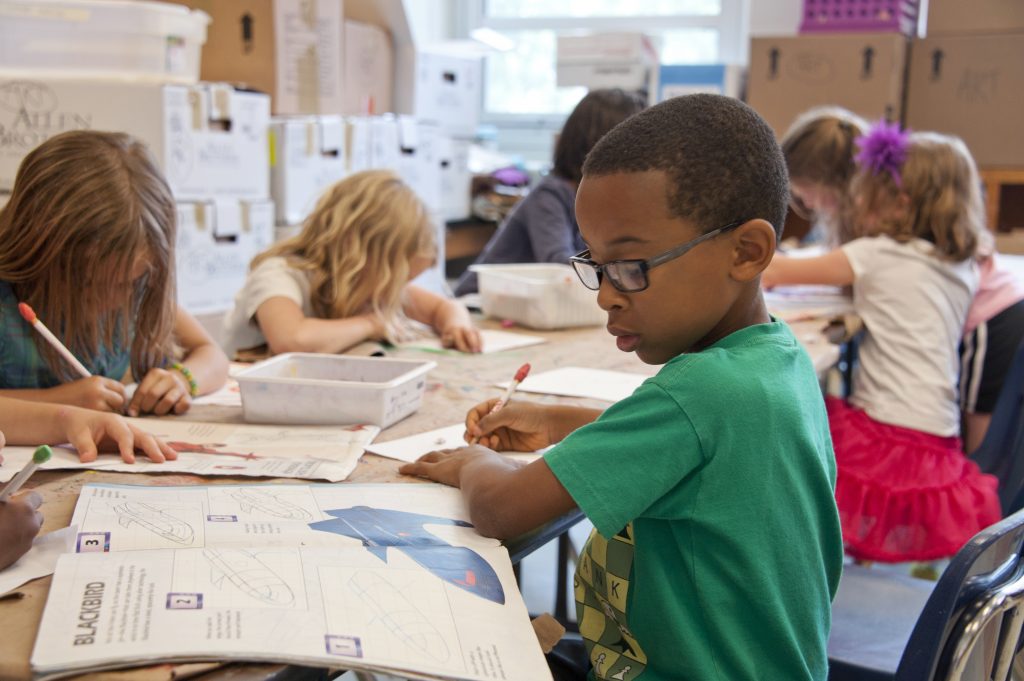
We’ve covered some of these already, but they do bear repeating. There are some drawbacks to homeschooling, and they need to be factored in when considering whether this move is correct for you and your family. The first is time. Homeschooling can become all-encompassing for a family and it can require major scheduling hurdles that, in and of itself, can become something like a job. You will be managing not only your own time but your child’s time as well in a way that doesn’t happen with public schools.
For every family, this is going to look different, but even in the most hands-off (though intentional) approach, homeschooling will mean setting up a time for curriculum or learning, playtime, social gatherings, outings, hangouts, online classes, and much more. And this is in addition to just traditional activities like sports, dance, music lessons, or whatever else your child does in those other hours. Juggling these pieces, for some families, can be overwhelming and even almost too much to think about. For many parents, thinking about all of this is where they end up just stopping and opting for public school.
And then, of course, what often becomes one of the biggest hot button topics around this whole thing…
Styles Of Homeschooling

Not all homeschooling households look the same, and some of the major differences can be found in the stylistic approach to the process. Even within homeschooling, there are a number of different groups and philosophies that can come to lay the groundwork for a family’s approach. Each one requires research on the part of the homeschooler, but to give a brief overview of the landscape, there are some that have gained popularity and traction over the years. By no means are these all of them, again this is a wide landscape.
Traditional or Classical
This style mirrors the academic side of traditional public schooling nearly 1:1. In a traditional, or classical homeschooling style, students will work through the standard subjects along a similar timeline as their public school counterparts. The subjects of math, reading, writing, science, and humanities are at the forefront of this style and the curriculum will look “familiar” to those who’ve attended public school. This style could also be referred to as “school at home”.
Virtual
This isn’t dissimilar to the traditional method, though it involves the child taking classes online or virtually in lieu of a parent working through the curriculum. There are numerous options for this style these days, and even some public schools have maintained the model following the pandemic. In a virtual environment, a homeschool student will often log in and take classes as if they were going to school during those set times.
Charlotte Mason
The Charlotte Mason Method has been around for more than 100 years. It has been at the backbone of many early homeschooling family practices, especially those that went who went this direction for religious purposes. There is a classical element to this style where the base subjects are concerned but there is a natural element in here as well. Journalling and observation are among the hallmarks of this very popular style.
Montessori
This is a style that actually has brick-and-mortar schooling associated with it, though it can be done at home as well. In the Montessori method, children have considerable freedom, with a hands-on and real-world approach at the center of the style. It involves mixed-age settings and often has an adult facilitator who helps guide students throughout the day. Montessori eschews many pieces of traditional methods, especially where academic subjects are concerned.
Waldorf
Another popular style that also has specific schools set up working with this method. The Waldorf homeschool method applies traditional academic principles though also combines social and experiential elements as well. Immersion in nature is a part of this, though unlike Montessori imagination and fantasy are hallmarks of the style rather than practical play. The Waldorf style typically avoids technology for the younger learner.
Unschooling
Unschooling is a style that will typically not involve a curriculum or a set foundation. Instead, it’s up to the parent and child to find a rhythm that works best for both. In an unschooling approach, the child becomes the lead, and the style forms to fit his or her interests. It’s not a hands-off approach by any means, the hierarchy of style just becomes inverted and it is up to the parent to nurture interests and help with materials.
Homeschooling And Socialization

Aside from the academic piece, or maybe even above it for some, is the question of homeschooling with regards to a child’s socialization. The reason this comes up so often is pretty simple: when a child is at home the base assumption is they aren’t around other kids in the same way they would be at school. On a fundamental and logistical level, this is true. There are many more same-age kids at a school than there are at your home. The math is undefeated there.
But there have been numerous studies done in recent years seeking to test homeschool children’s socialization and how they integrate within conventional society. While the results aren’t definitive, there are encouraging signs that dispel the notion that a homeschooled child won’t be “socialized”.
Learnopoly has gathered some relevant statistics along these lines when it comes to homeschooling, citing the aforementioned NHERI as well. And the numbers indicate that homeschool students don’t suffer any socialization “loss” from not attending public schools. In fact, according to those numbers, 87% of studies done to test social skills among homeschoolers suggest that there are positive outcomes for homeschoolers compared to public schools. And NHERI has it that homeschooled children were more likely to be active both civically and politically in their communities.
Finally, when it comes to socialization (however you define that rather loose term), there now exist many (and I mean many) avenues for your child to meet and mix with groups of other homeschooling children and families. Thousands of groups are out there to help coordinate local meetups, events, playgroups, learning modules, book clubs, interest groups, and much more for your child to meet others. Social media has pushed this doorway wide open.
Knowing Homeschool Laws State By State

Okay, now we are starting to get to the nitty-gritty. The legal side of things. The dreaded compliance. It’s one thing to make the monumental decision to start homeschooling your child. That alone can be an intimidating and terrifying prospect. Layering anything on top of it can just send some parents spiraling. And sometimes this is where things start to get “real”.
On a high level, homeschool laws are definitely a thing, something that parents need to research before jumping into these waters. Unfortunately, for the purposes of this article, the homeschooling laws are almost too big a piece to tackle within the confines of this guide. It’s not for lack of effort, but mostly for differences in regional rules.
Essentially, every state’s homeschool laws are different. And the differences can be massive. The spectrum is so wide here that it’s almost comical, and many a homeschool family has decided to actually move to a new area just to reduce homeschool compliance. There are some states that will require regular check-ins with a school district with parents needing to provide “proof” of what is happening in the home. And some will require homeschool students to comply with state testing regulations. And then some states require nothing at all. No call, no portfolio, nothing.
A helpful place to get started here is through the Homeschool Legal Defense Association (HSLDA). This is an invaluable, and for some families critical, resource for understanding the homeschool laws in each state. They have a very helpful portal that gives an overview and breakdown of homeschool laws state-by-state. And their interactive map will even color code where it’s easiest, or most difficult, to homeschool students based on the state regulation. Take a look and see states with homeschool friendly rules (green) and ones that require a heavier homeschool lift (red). via HSLDA
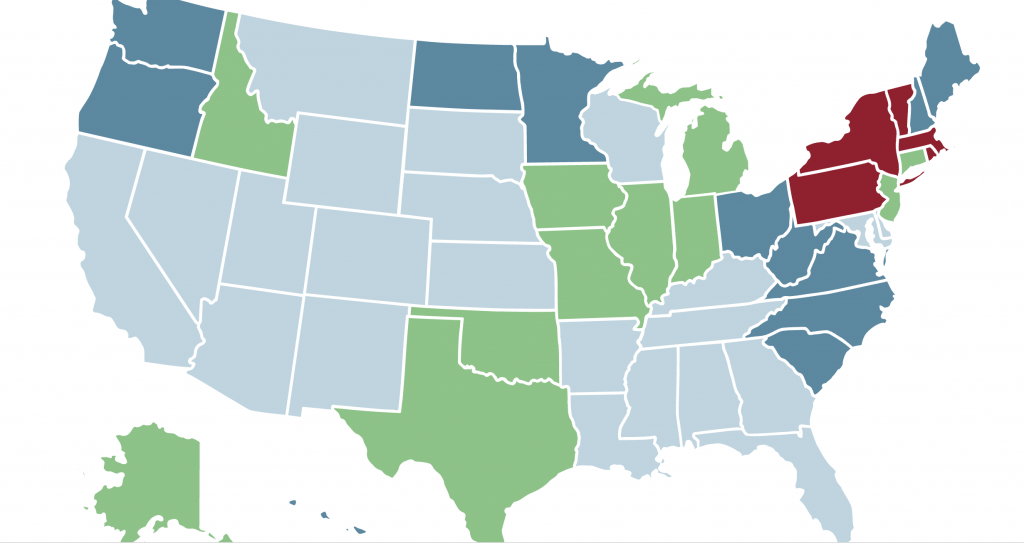
See what I mean? Sometimes just crossing a simple state line (New York to New Jersey say) can go from some of the most stringent homeschooling laws to the most relaxed. Be sure to read up on what your state requires.
Finding A Homeschool Curriculum

Finding a homeschool curriculum can be as much about your and your child’s own style as anything else. There are so many to choose from these days that there’s a good chance you’ll explore and implement a few during the course of your homeschool timeline as you work to find the best fit. This is the nature of the homeschooling journey.
Not unlike public schools which often see changes made to their base curriculum over the years, the same will happen in a homeschooling environment. Often, the only way to know is to try it. That being said, there are resources that can help guide you along this path. For starters, our best homeschool curriculums will help outline some of the more popular ones out there for different styles.
There are also a number of review sites out there that highlight some of the more popular packages. Homeschool curriculum planning can sometimes be a daunting task, though with the popularity only increasing, more and more options are out there. Many will send free samples of guides, and different websites will provide windows into how to implement them. Picking a homeschool curriculum should often start with thinking about what style works for your and your child’s needs.
You can begin narrowing the process though by first thinking about what style fits your needs the best. This is a solid starting point because it will help drill down on exactly what curricula you can start by trying.
Should You Homeschool Your Child?

Ah, this is the fundamental question, isn’t it? If you’ve made it this far my guess is you are at least ready to start the next step. Sometimes just thinking about it and weighing the possibility is half the battle. There’s a reason you are considering it in the first place. Are you unhappy with the current public school educational model? Have you been frustrated with the lack of individualized instruction? Does your child need more outdoor time or time off task? Maybe you just want more freedom in your day-to-day schedule.
These are just some of the many pieces to consider and ponder. But know this, homeschooling isn’t an all-or-nothing venture. There’s almost no real downside to at least trying it to see if it works for your child. The public school (for better or worse) will always be there to return to if need be. And you might find that once you walk out of those school doors, you and your child won’t be coming back.



